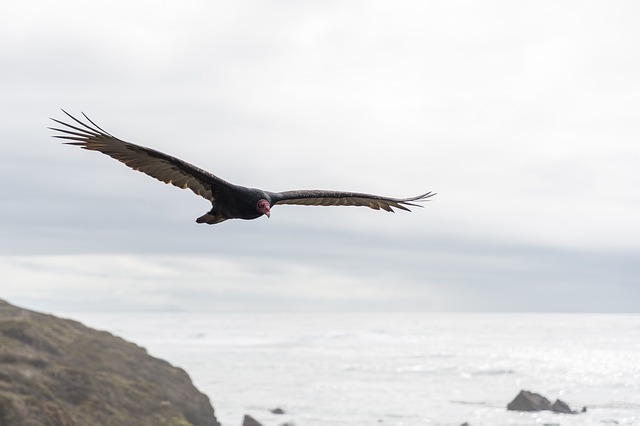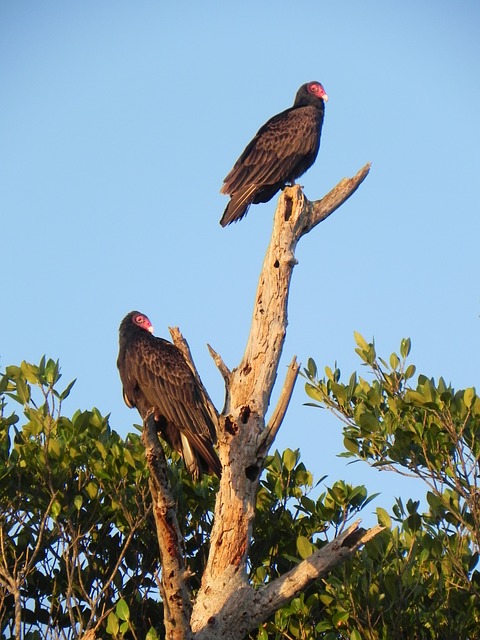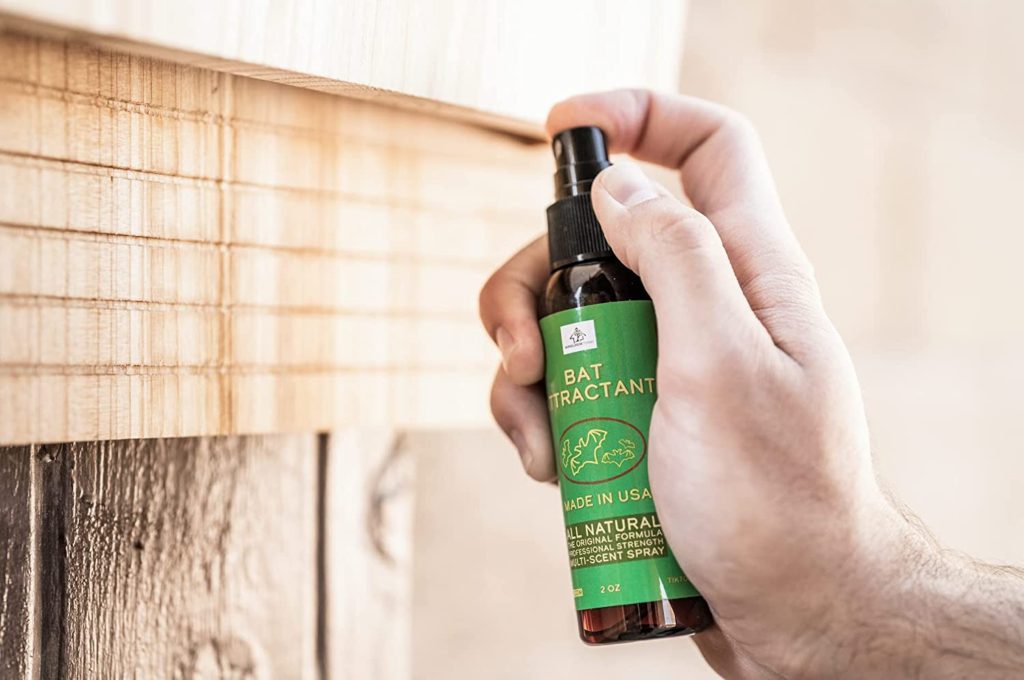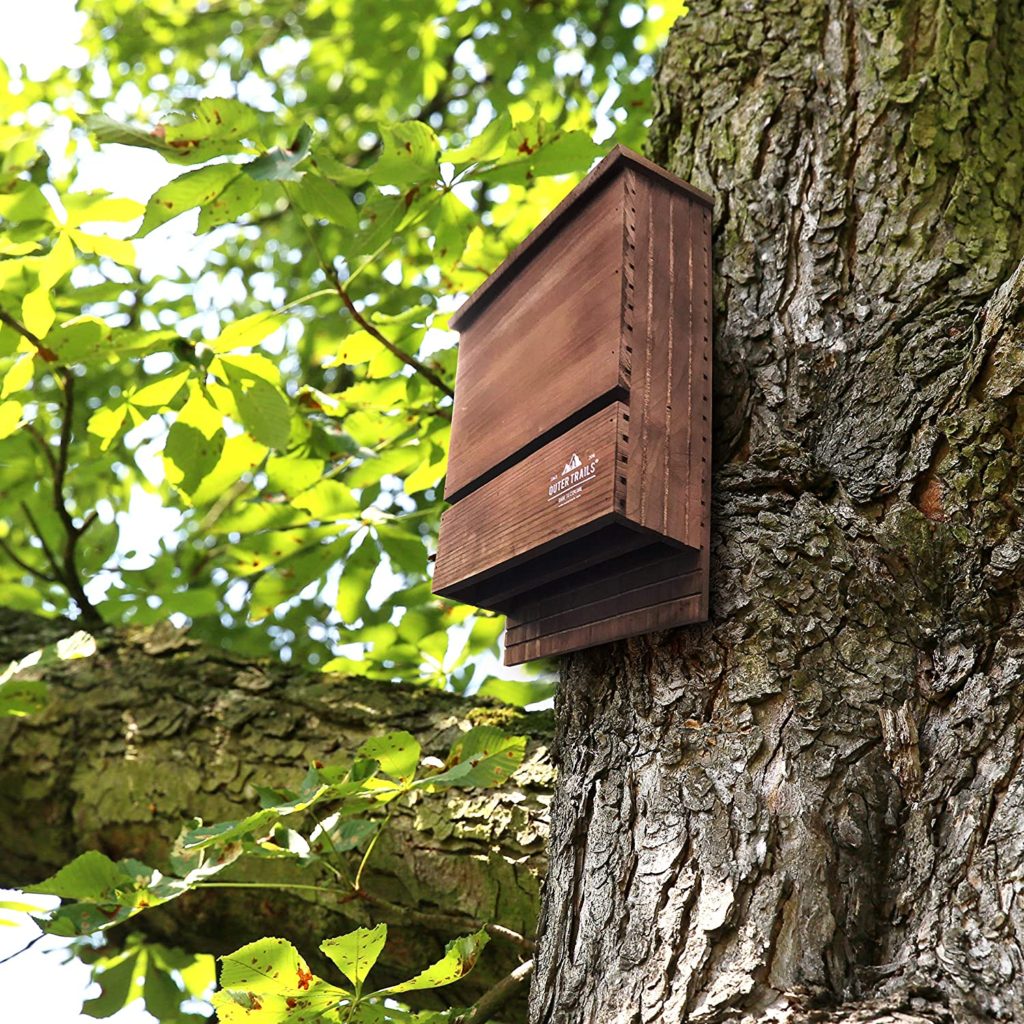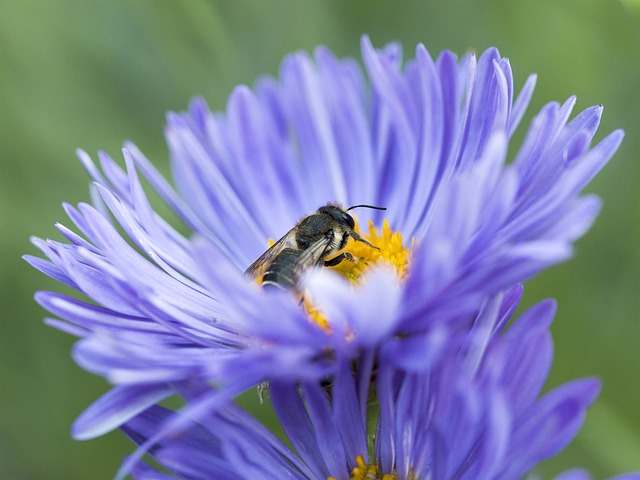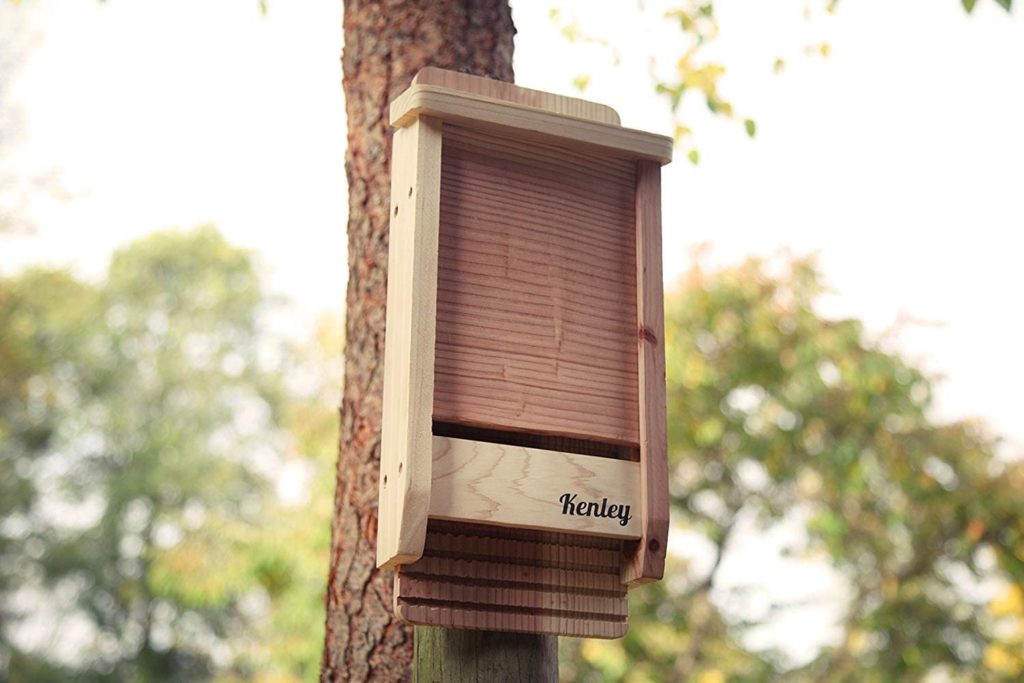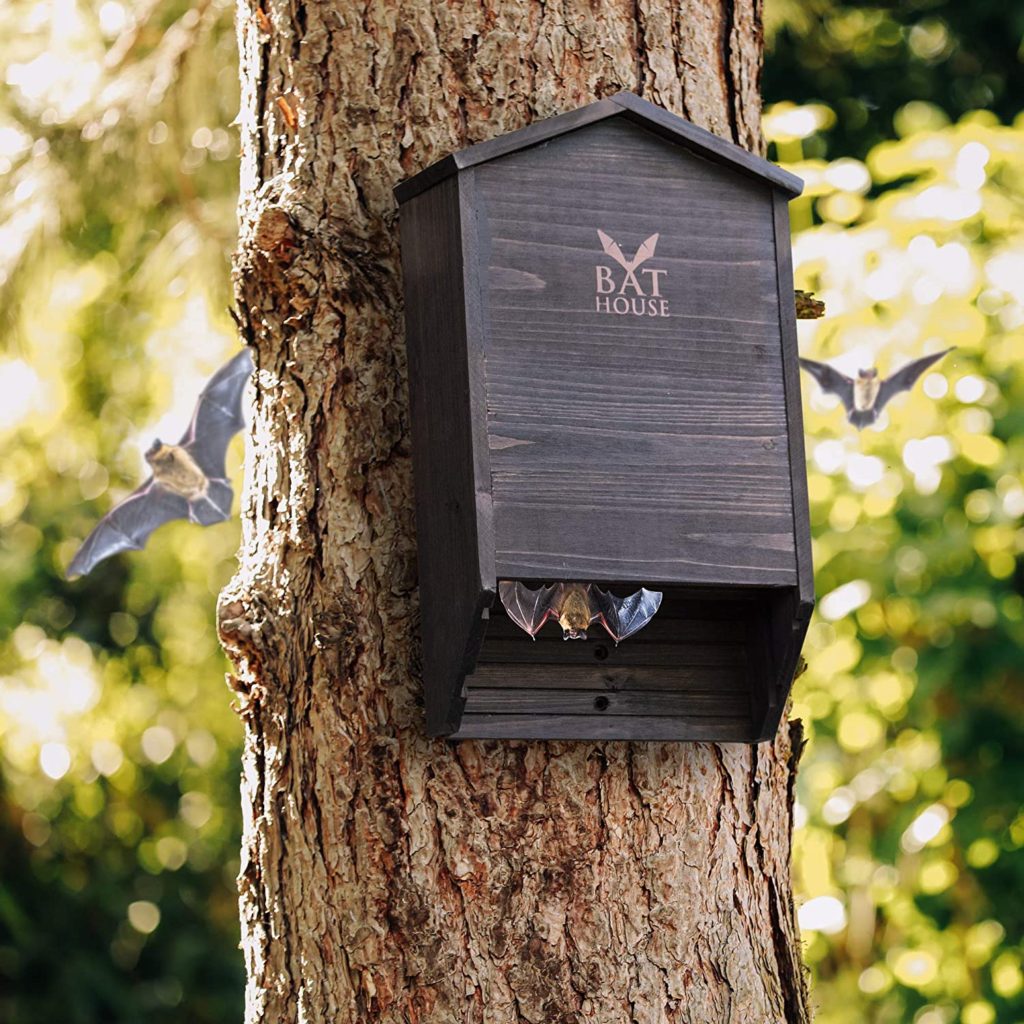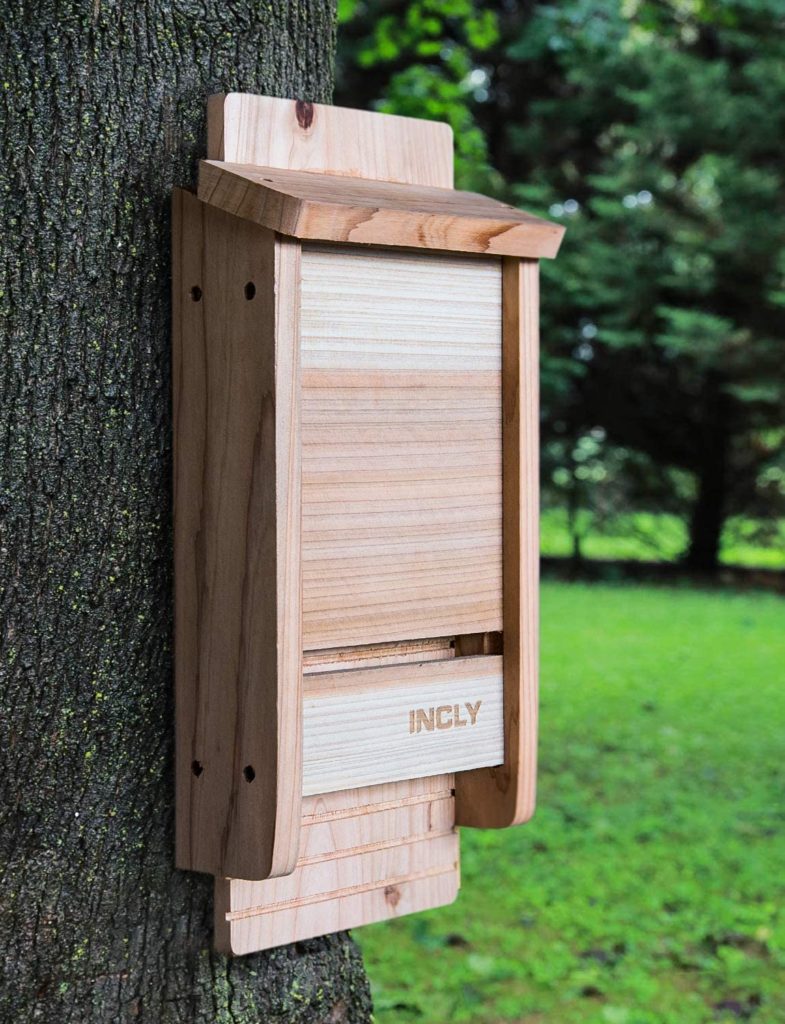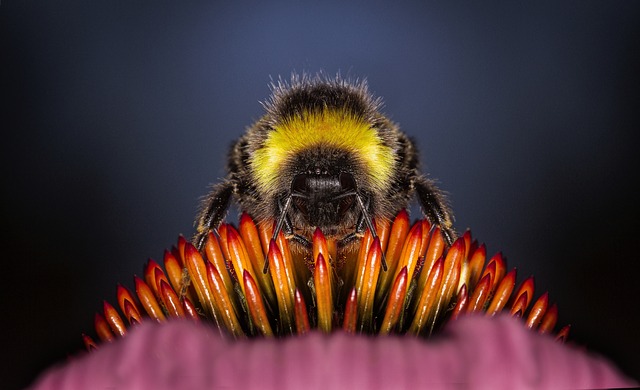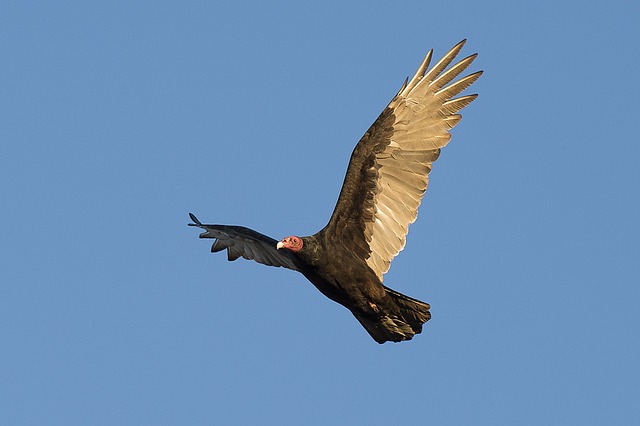
The turkey vulture, also known as the turkey buzzard, is a bird of prey with a unique red head. There are many interesting things you’ll want to know about this commonly seen vulture species. So here are the most amazing turkey vulture facts.
The Turkey Vulture Has An Exceptional Sense Of Smell
While many vulture species strictly use their vision to locate food, the turkey vulture relies mainly on its sense of smell. Its olfactory system is the largest of any bird. The turkey vulture relies on its keen sense of smell to help it detect the gas produced by decaying animals which helps to lead it to its next meal. This species also has excellent vision as well.
Turkey Vultures Are Surprisingly Light In Weight
One of the most surprising facts about turkey vultures is just how little they weigh compared to their size. Despite typically having a wingspan of six feet and standing around two and a half feet tall, turkey vultures usually only weigh about four pounds at most. Their wide wingspan and light body allow them to save energy as they soar on thermal currents, rarely needing to flap their wings.
They’re Bald For An Important Reason
Similar to most other vulture species the turkey vulture has a bald head. Having a head with no feathers is important for a bird that feeds on rotting animals. It helps to prevent the carrion along with bacteria and parasites from sticking to it. Scientists also believe it may help to keep them cool.
The Turkey Vulture Is A New World Vulture
The turkey vulture is a member of the New World vultures. This group also includes species such as the black vulture, California condor, and king vulture along with several others. New World vultures are only found in the western hemisphere, have a good sense of smell, and are predominantly black or brown in color.
The Turkey Vulture Is A Scavenger
The turkey vulture diet consists mainly of the decaying flesh of dead animals (carrion), although it does prefer its food to be fresh, having died recently. In fact, they may not eat carcasses that are very rotten. On occasion, they do eat live prey such as invertebrates and small animals.
The Turkey Vulture Head Is Similar To That Of A Turkey
One of turkey vulture fun facts many people want to know about is how this species got its name. And the answer is from the look of its head and plumage. Its bald red head and dark plumage resemble that of a turkey. While adults have a read head, the head of juvenile turkey vultures is gray.
It’s The Most Widespread Vulture Species In The Americas
The turkey vulture has the widest range of any vulture in the New World. Its range extends all the way from southern Canada to the southernmost part of South America.
There Are Five Sub-species Of Turkey Vulture
The 5 sub-species include the Chilean turkey vulture, the Eastern turkey vulture, the Western turkey vulture, and the tropical turkey vulture. A sixth sub-species, C.a.falklandicus, is sometimes included as well. The different subspecies can be distinguished from each other by the intensity of the coloring on their heads.
They Stomp When They’re Nervous
When turkey vultures are in a situation that makes them feel uncomfortable they sometimes stomp one of their feet. For instance, if disturbed in their roost during the nighttime they may stomp on a branch. When landing near an animal that they thought was dead but turns out to still be alive they may stomp on the ground.
Turkey Vultures Are Very Private Birds
One of the lesser-known turkey vulture facts is that these birds are quite private. While many people have seen a turkey vulture in flight from a distance, they are actually very careful not to be seen up close. This makes it difficult to observe their habits. Much of what we know about them comes from observing birds in captivity.
Start Shopping for Birding Supplies!
How Does A Heron Catch Fish?
The great blue heron is well-known for its looks but also its fish-catching abilities. Whether in the wild or someone’s backyard pond these large birds are master hunters. So how does a heron catch fish? Here’s what you’ll want to know. Built For Success While herons...
What Direction Should A Bat House Face?
Buy on Amazon Bats are very particular when it comes to whether or not they will move into a bat house. One of the most important factors is the temperature inside, which will be strongly influenced by the direction that the house is facing. So what direction should a...
When To Put Up A Bat House
Buy on Amazon Bats can be a big benefit to your yard. But they can be picky when it comes to where they actually decide to roost. Knowing when to put up a bat house can help to tip the odds in your favor. Basic Seasonal Bat Behavior Many people don’t realize that in...
Bat Attractant: The Secret Weapon For Bat House Success
Buy on Amazon Purchasing a bat house is easy, however, having a colony of bats take up residence inside it is sometimes another story. To tip the odds in your favor using bat attractant can help. Here’s what you’ll want to know when considering using it. Bat House...
How To Attract Bats To Your Bat House
Buy on Amazon Having bats in your yard offers many fantastic benefits. So it’s no wonder that more and more people are installing bat houses in an attempt to get them to stay. However, you’ll first need to know how to attract bats to your bat house if you want them to...
The Buzz About Bee Gardens
Chances are if you’ve been paying even a little bit of attention, you’ve heard about the “beepocalypse.” Depending on the source, you’ve likely seen varying levels of concern. While some experts are simply following the phenomenon, others are downright alarmed....
What Does A Bat House Look Like?
Buy on Amazon Bat houses are shelters made specifically for bats. These flying mammals have special needs that houses are designed to meet. So what does a bat house look like? Well, read on and find out! Bat House Designs Houses for bats actually look like boxes. For...
What Is A Bat House?
Buy on Amazon What is a bat house? And better yet, why would you want one on your property? These are both commonly asked questions. Whether you’re just curious or have always wanted to have bats in your yard here’s what you’ll need to know. Bats are nocturnal...
The Top Bat House Benefits
Buy on Amazon A bat house is a specially designed shelter for bats. It provides them with a safe and convenient place to sleep. While they are great for the bats, there are many bat house benefits you can enjoy as well when you have one in your yard. Keep Bats Out Of...
Where To Put A Bat House
Buy on Amazon Where to put a bat house is an important decision. If it’s not in an appropriate spot, you may be putting your resident bats in danger. Or you may end up with an empty house since no bats are interested in living in it. So you’ll need to know a few...
Beneficial Garden Insects And Creatures Often Confused For Pests
There are many animals that we consider to be pests. However, many of them actually perform critical tasks and help to control the populations of much more devastating species. The following beneficial insects and creatures are ones you’ll want to keep around....
